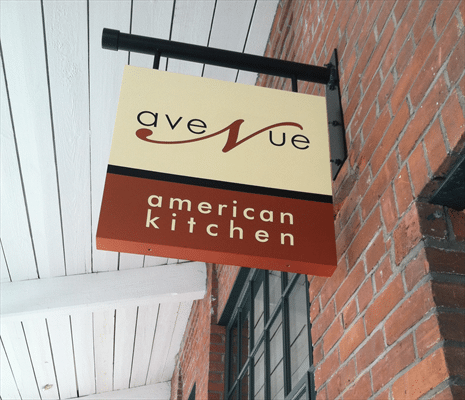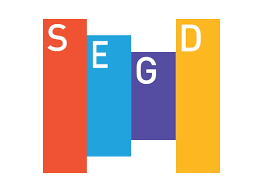How Many Kinds of Signs Can You Name?
Architectural Signage, Design/Build, Exterior Signage, Fun, Others, Sign Design, Signage TipsThere are more than 206 bones in the human body, each one with its own name, from cranial bones to vertebrae, and from the vomer to the clavicle. That’s more bones than types of signage, but our industry nevertheless can marshal quite a line-up of different ways to convey messages to people.
How many different types of signs can you name? Below are some photos, with a link that lets you see what that type of sign is called.
 |
Sign Type 1: This high-profile sign is the kind you’ll see outside many developments, such as shopping centers, highway service establishments, or multi-tenant commercial parks. Depending on circumstances and visual requirements, they may be placed fairly low to the ground or higher than a ten story building. Click to see Type 1’s name |
|
|
Sign Type 2: These low-profile signs are usually made from concrete or stone, although brick, wood, and even high density foam can also create this signature shape. You’ll often see this type of sign at the entrance to a plot of land, a building, or a parking area. They usually feature one name, but in certain circumstances may contain several different business names. Click to see Type 2’s name. |
 |
Sign Type 3: These informative signs are primarily intended to carry a good deal of detailed information and to serve as reference points from which people can determine where they want to go and how to get there. Click to see Type 3’s name |
|
|
Sign Type 4: These signs are among the most commonly seen, and serve a wide range of purposes centered around readily identifying a building or an address for those seeking it. But while the name of this type of sign is simple, the signs themselves can be highly complex, three-dimensional, colorful, internally lit, and (when placed high off the ground) extremely large in size. Click to see Type 4’s name |
 |
Sign Type 5: Many classic signs are of this type, as they were very “cutting edge” and fashionable in years gone by. While still being designed and built, they are less popular than they were in the past because the structural requirements imposed for safety reasons make them more difficult and expensive to design, build, and install, compared with more modern types of signs. Click to see Type 5’s name |
With these five sign types, we’ve only scratched the surface of the extensive variety of signs that our industry has developed for conveying messages to the public. In a future post, we’ll cover a few more of the types of signs we have been making for clients and customers just like you.
The Answers
| ; | Sign Type 1: Pylon Signs are generally large-scale structures intended to be seen from a great distance. They can advertise one business, or many. It’s the mounting structure – the tall post or posts that support the signage off the ground – that give Pylon Signs their name. Click to see the next type of sign.
|
| Sign Type 2: Monument signs are called by this name because they typically echo the classic shape of gravestones or other monuments. Traditionally, the lettering is carved into the surface or raised from it slightly, like a “bas relief” sculpture, and lighting is provided externally by spotlights or something similar. More recently, however, the monument structures have begun to permit interior electrical wiring, so the lettering of the signs can be individually illuminated from behind or even from within the monument itself, like this one (shown at night), which features color-changing LEDs to provide extra visibility and excitement. Click to see the next type of sign.
|
|
| Sign Type 3: Directory signs are often literally directories of information, usually listing the names of commonly sought destinations or local businesses (often in alphabetical order) and providing specific directions or at least address information. The goal of these signs is normally to make it easy for people to find their way to any of the listed destinations. For this reason, directory signs are often created and installed in groups with more localized “Wayfinding” signs. Depending on the logistics of the situation, directory signs may be designed and built to assist people on foot, or in automobiles. Click to see the next type of sign.
|
|
| Sign Type 4: Wall signs are primarily intended to tell your customers who you are and what you offer, a way to “name” and describe a specific storefront or building. They come in a wide variety of shapes and sizes, commonly made up of individual letters, simple flat signs, or lighted sign boxes. They can be illuminated from within, from behind, or from lights shining on the sign. Click to see the next type of sign.
|
|
| Sign Type 5: Blade signs are those that project out from the wall of a building, often physically separate from the structure. They are usually supported only by a few spindly arms that are intended to fade into obscurity rather than be seen as part of the sign’s overall design. Because they project out from the wall of a building, they are easier to see as you approach the location, compared with Wall Signs, which are attached flat to the wall. Blade signs can be lit internally, externally, or not at all. Click to go back to start over.
|
With these five sign types, we’ve only scratched the surface of the extensive variety of signs that our industry has developed for conveying messages to the public. In a future post, we’ll cover a few more of the types of signs we have been making for clients and customers just like you.

